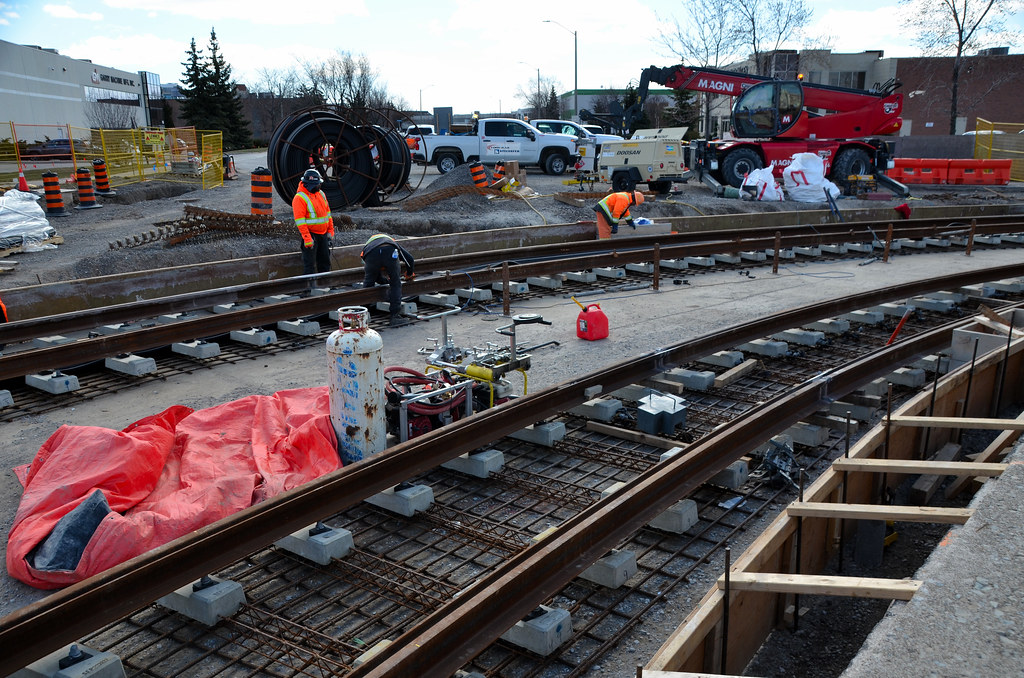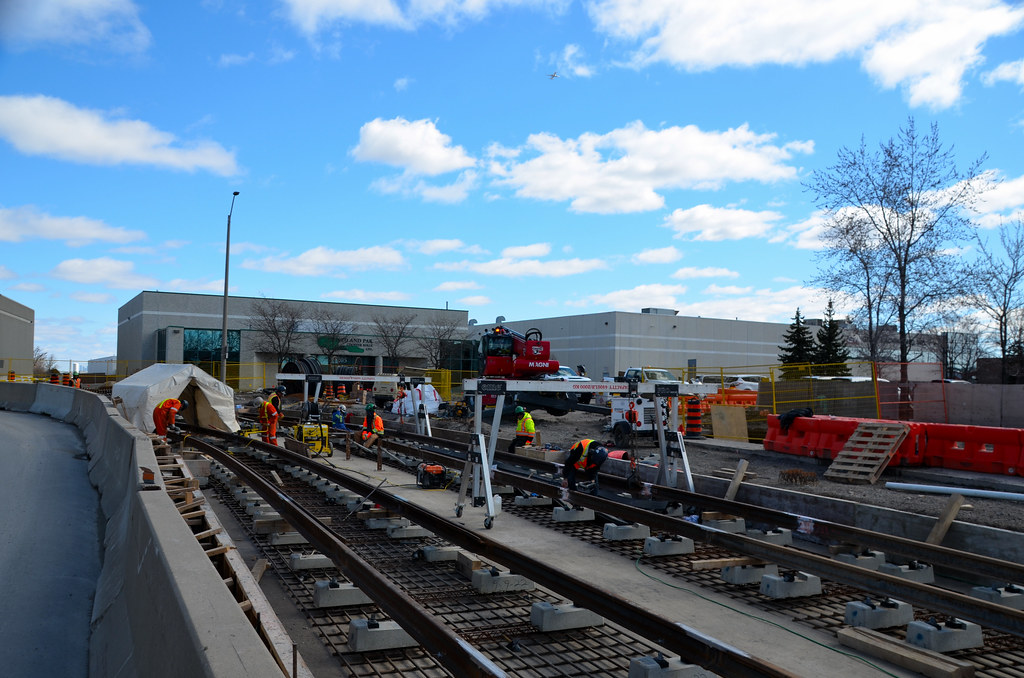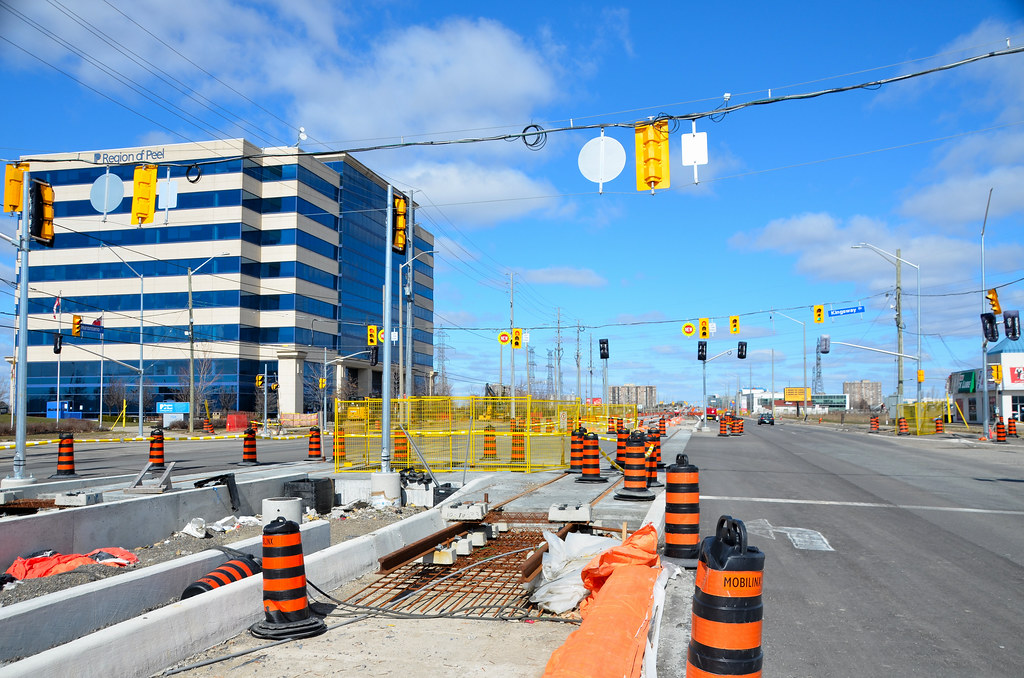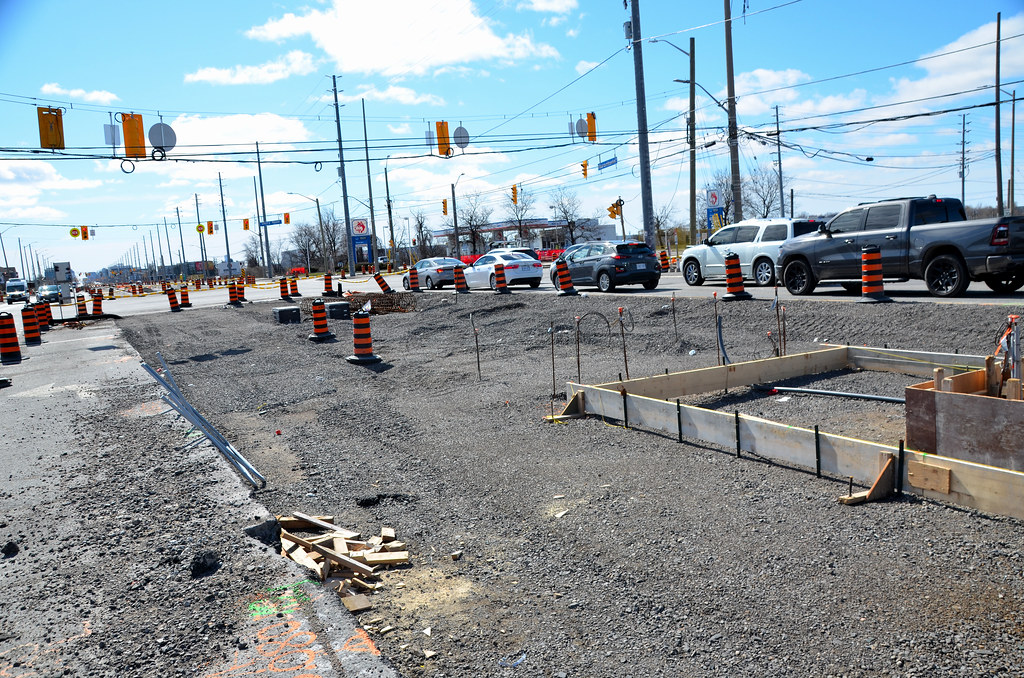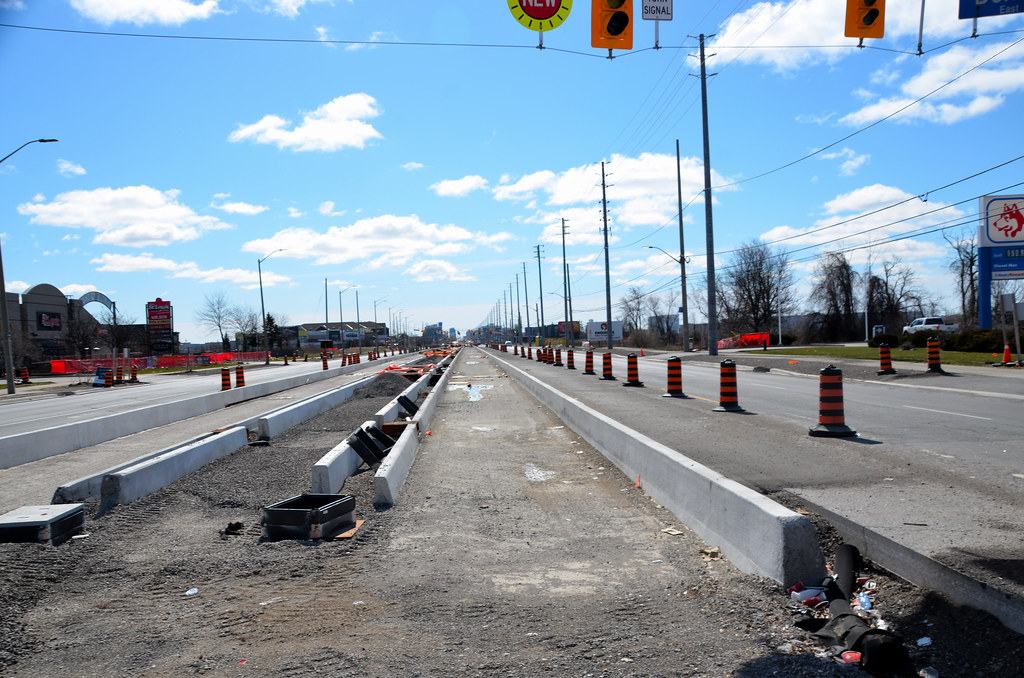Vehicles see the light sooner before reaching the intersection, which makes it less likely that cars run red lights. Importantly, though, vehicles need to stop farther back to see the signal, meaning that the crosswalk is kept clear for pedestrian use. In Austria and Switzerland, a stop bar serves as an extra indicator of where cars should stay, but the signal placement itself is doing most of the work. This intentional design choice makes it safer for multiple road users to interact in the same space. Pedestrians have less fear of cars inching forward and encroaching on the crosswalk, and cars are less likely to run red lights because they can see the signal sooner. Keeping cars farther back also allows for a tighter turning radius for a vehicle coming from a perpendicular road, allowing intersections to be smaller, use fewer materials and have shorter crossing distances for pedestrians.

